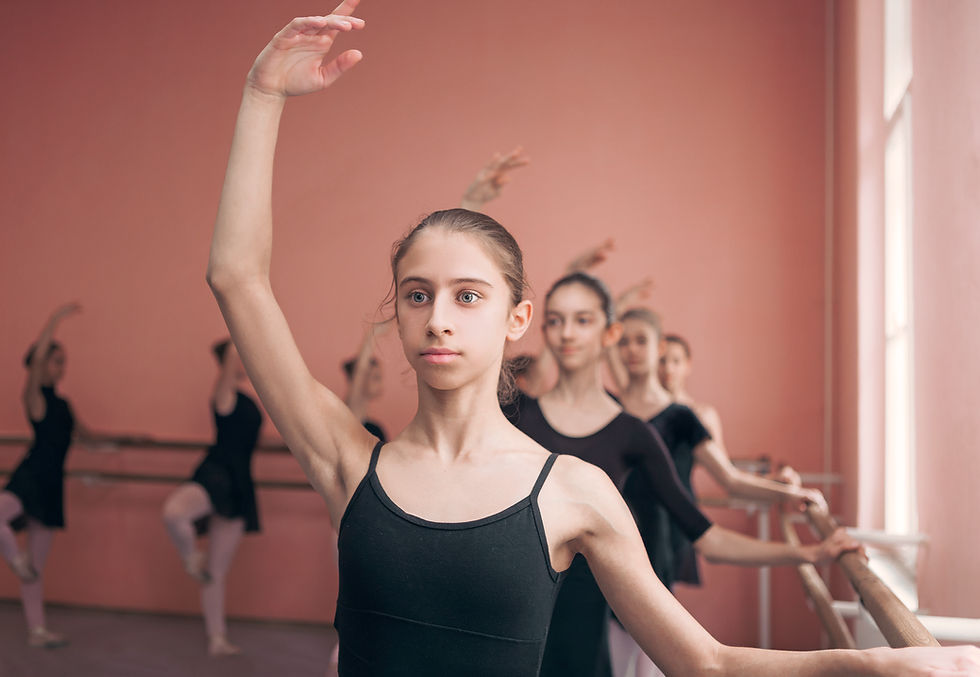As a dance studio owner, the end of a season often brings both excitement and exhaustion. Recitals are wrapping up, families are asking about the next session, and your staff is looking for direction. Without a plan, the transition from recital season to a new term can feel chaotic—and you risk losing students, momentum, and even money.
Here’s how to transition smoothly between seasons and recitals, so your studio stays organized, energized, and student-ready.
1. Start Planning Before the Recital
It’s tempting to wait until after the recital dust settles, but the best transitions begin before your final performance. While your team is still engaged and your dancers are still in the groove, start prepping:
Set tentative start dates for summer or fall classes.
Finalize your class schedule and tuition rates.
Review your staff’s availability for the upcoming season.
Draft a marketing plan and enrollment timeline.
Having these in place ahead of time gives your studio a head start—and helps avoid the post-recital slump.
2. Open Registration Early (and Make It Easy)
Parents are busy, and they appreciate convenience. Open registration for the next season at least 2–3 weeks before your recital, and make the process as simple as possible:
Use online registration tools.
Offer incentives like early bird discounts or waived fees.
Include a registration station at your recital venue.
This keeps families in the mindset of continuing, not quitting.
3. Communicate What’s Next—Often
Many families think of the recital as the “end.” It’s your job to make sure they understand it’s just the beginning of a new chapter.
Include flyers or emails promoting the next season with recital materials.
Share a "What’s Next?" social media campaign.
Have instructors personally encourage dancers and parents to enroll.
The clearer your communication, the more confident families will feel about returning.
4. Debrief with Your Staff
After the recital, take a day or two to rest—but don’t skip a team debrief. This is essential for identifying what worked, what didn’t, and what you want to carry into the new season.
Key questions to ask:
Were there any logistical challenges or successes during the recital?
Which classes had strong retention, and which didn’t?
What feedback did staff receive from parents or students?
Use these insights to improve the next season and keep your team aligned.
5. Streamline Transitions for Dancers
Dancers thrive on routine. Make the shift between recital and the new season smooth for them, too:
Offer mini summer sessions or drop-in classes as a bridge.
Keep some instructors consistent between seasons to maintain continuity.
Celebrate progress and set new goals for returning students.
Creating this sense of progression keeps kids motivated and invested.
6. Audit and Refresh Your Systems
The off-season is the perfect time to check your studio’s back-end operations:
Are your registration systems working well?
Do you need to update your website, class descriptions, or policies?
Are your financial reports clear and up-to-date?
Schedule a demo of Prosody Backstage!
Investing time now avoids headaches later.
7. Take a Breath—Then Reignite the Energy
Once recital season ends, do take a moment to breathe. But don’t let the energy completely drop. Post-recital is a golden window to:
Share highlight reels and photos online.
Celebrate dancer achievements on social media.
Build hype for the next season with sneak peeks or announcements.
Keep your momentum going without burning out.
Final Thoughts
Transitioning between seasons and recitals doesn’t have to be stressful. With the right systems, timing, and communication, you can move from one season to the next with confidence and clarity. The result? Happy families, a stronger team, and a studio that keeps growing year-round.



